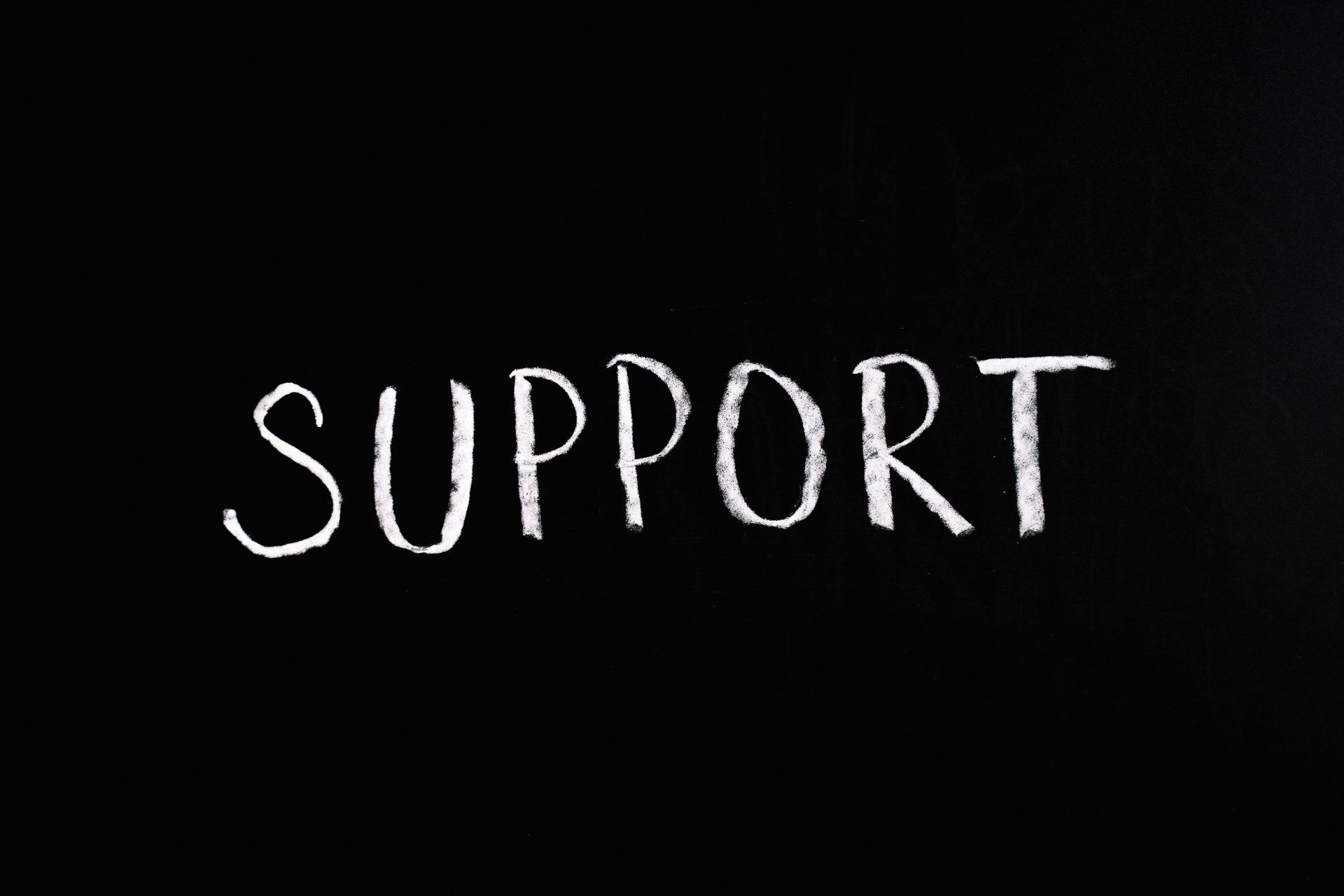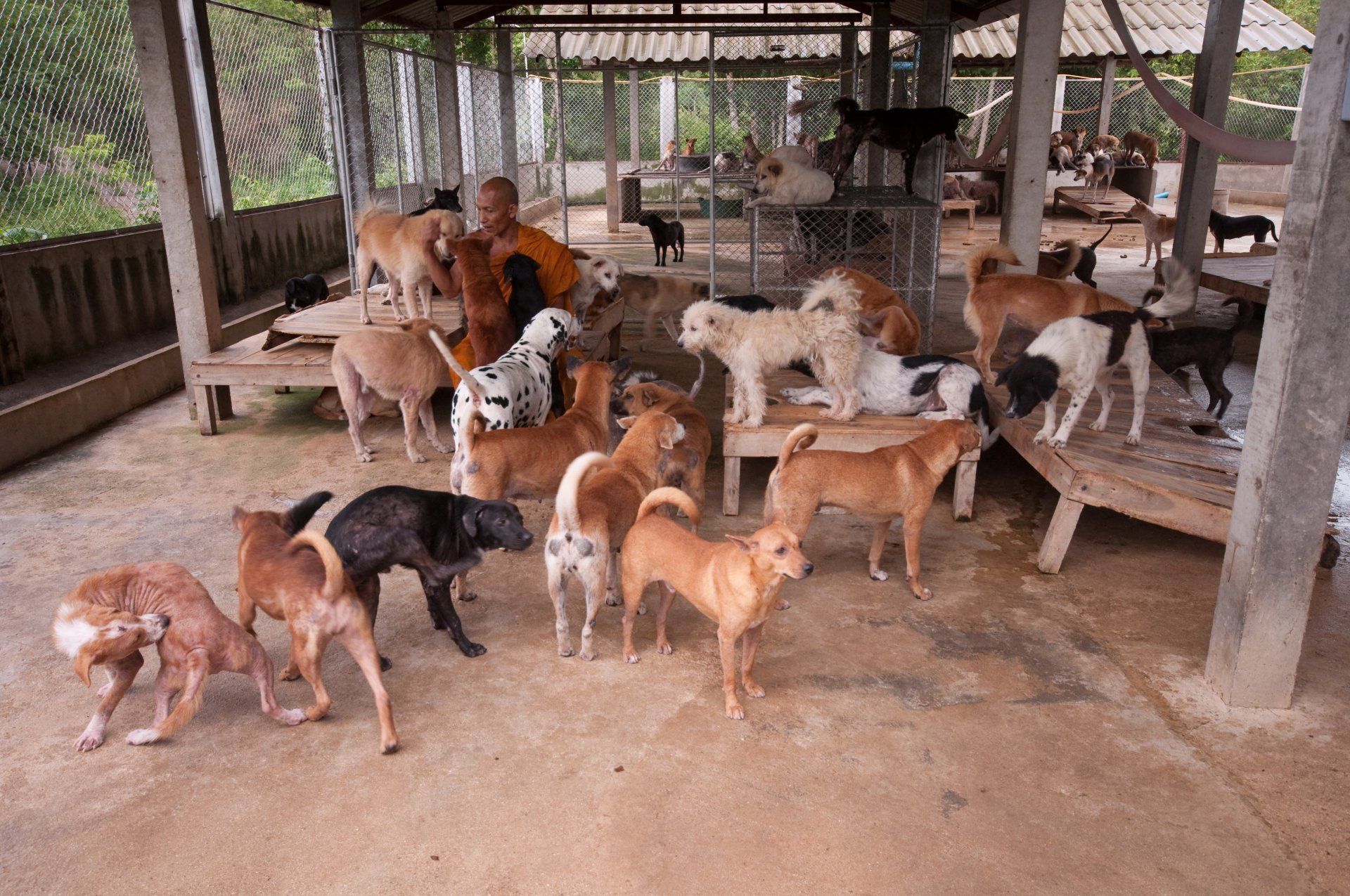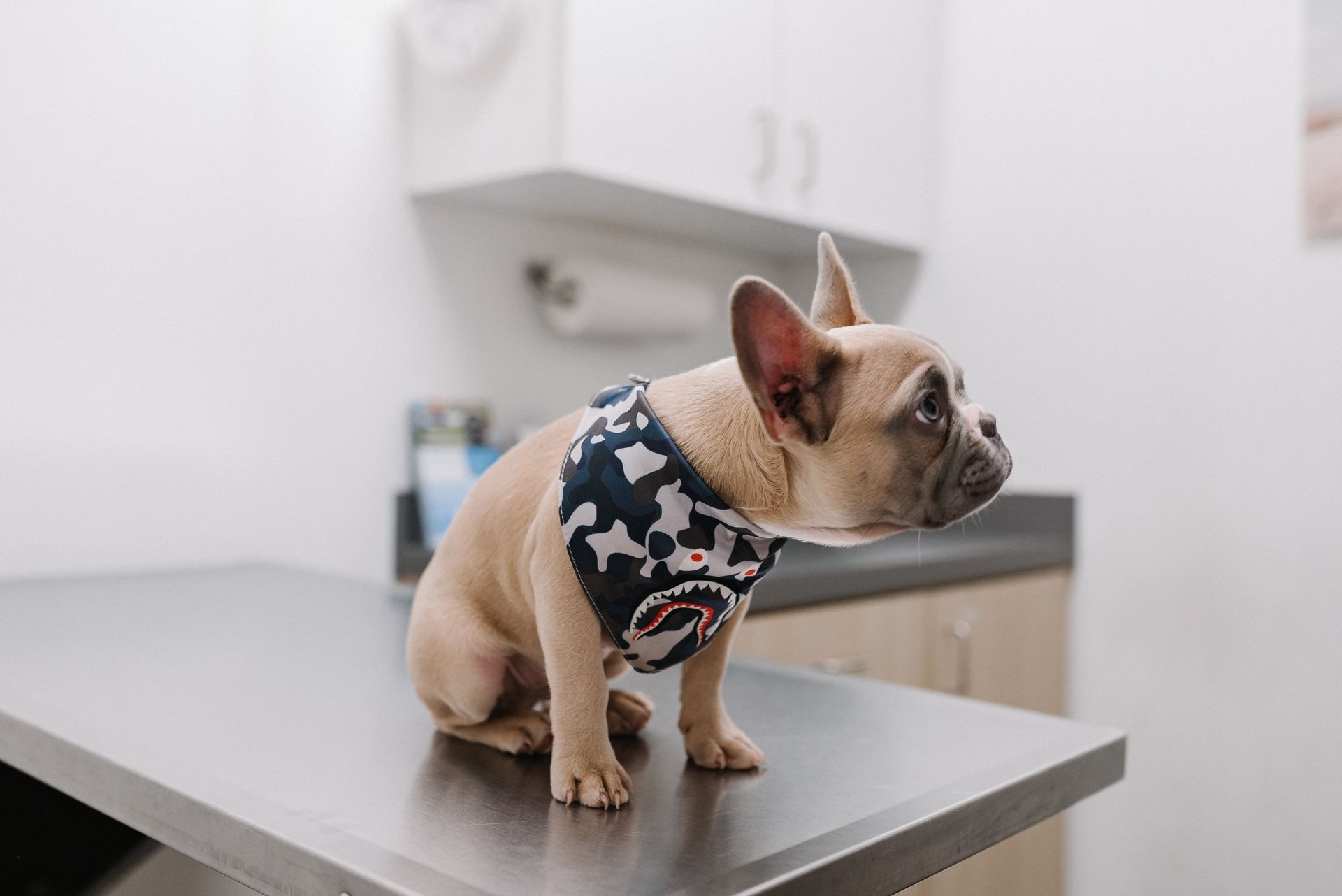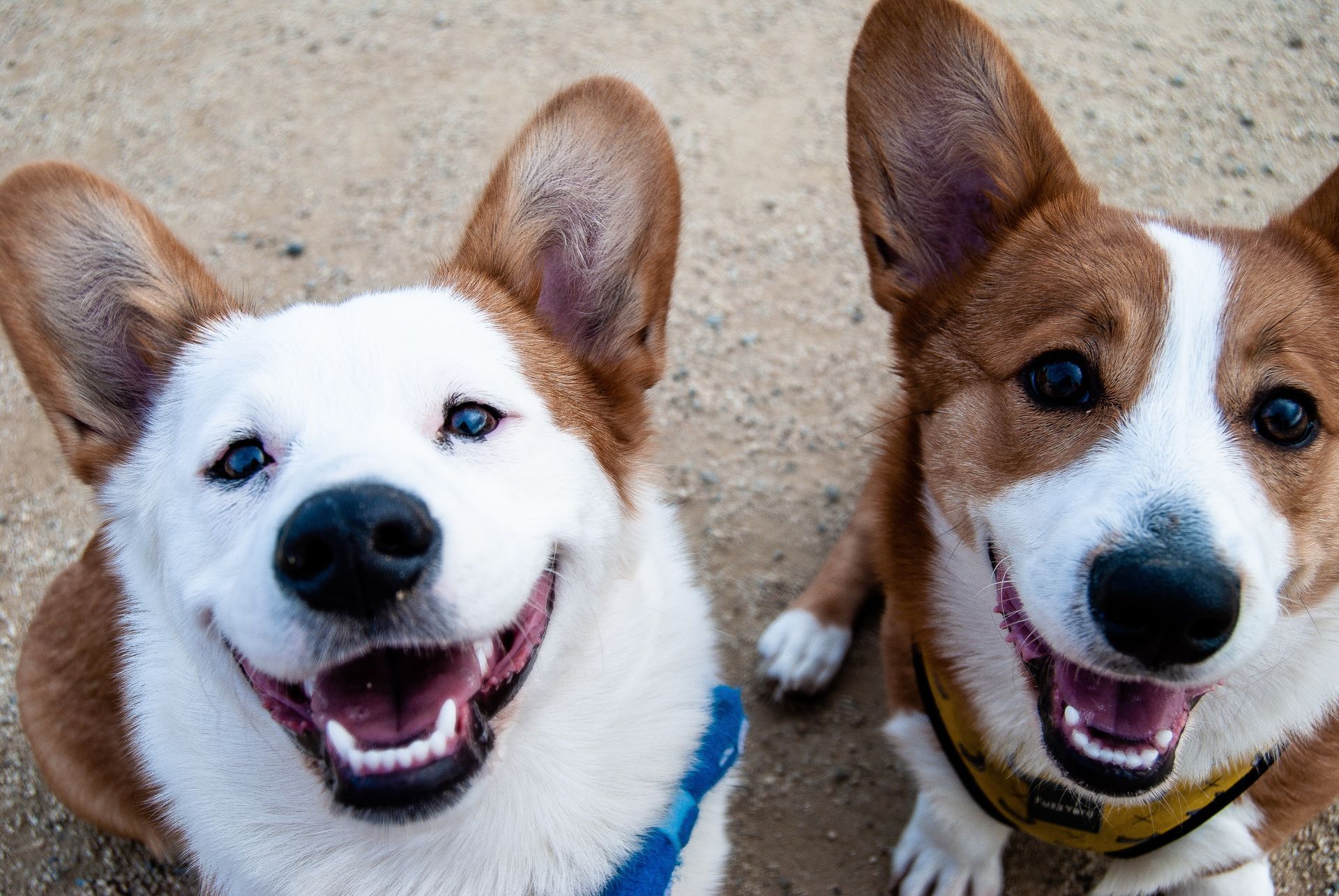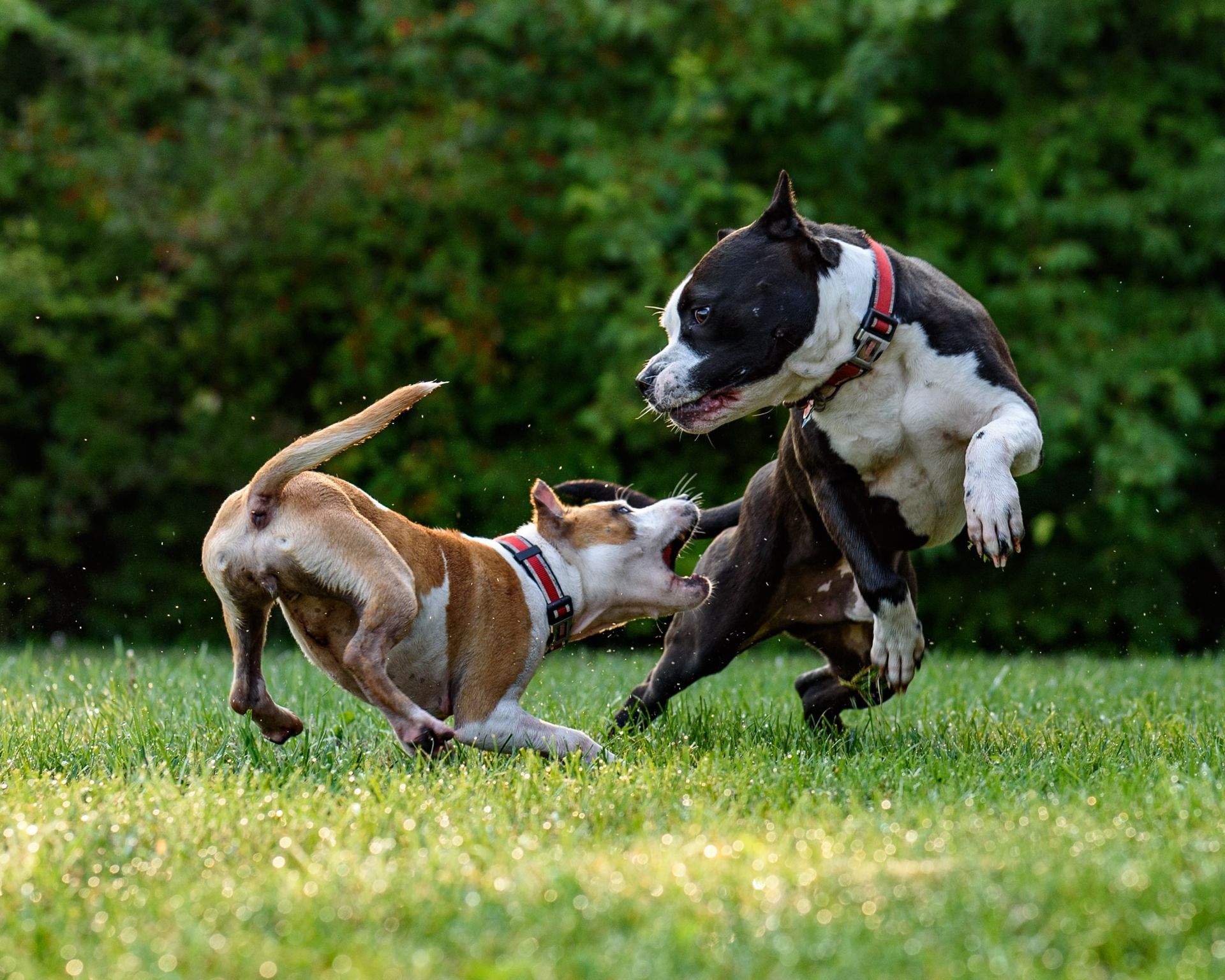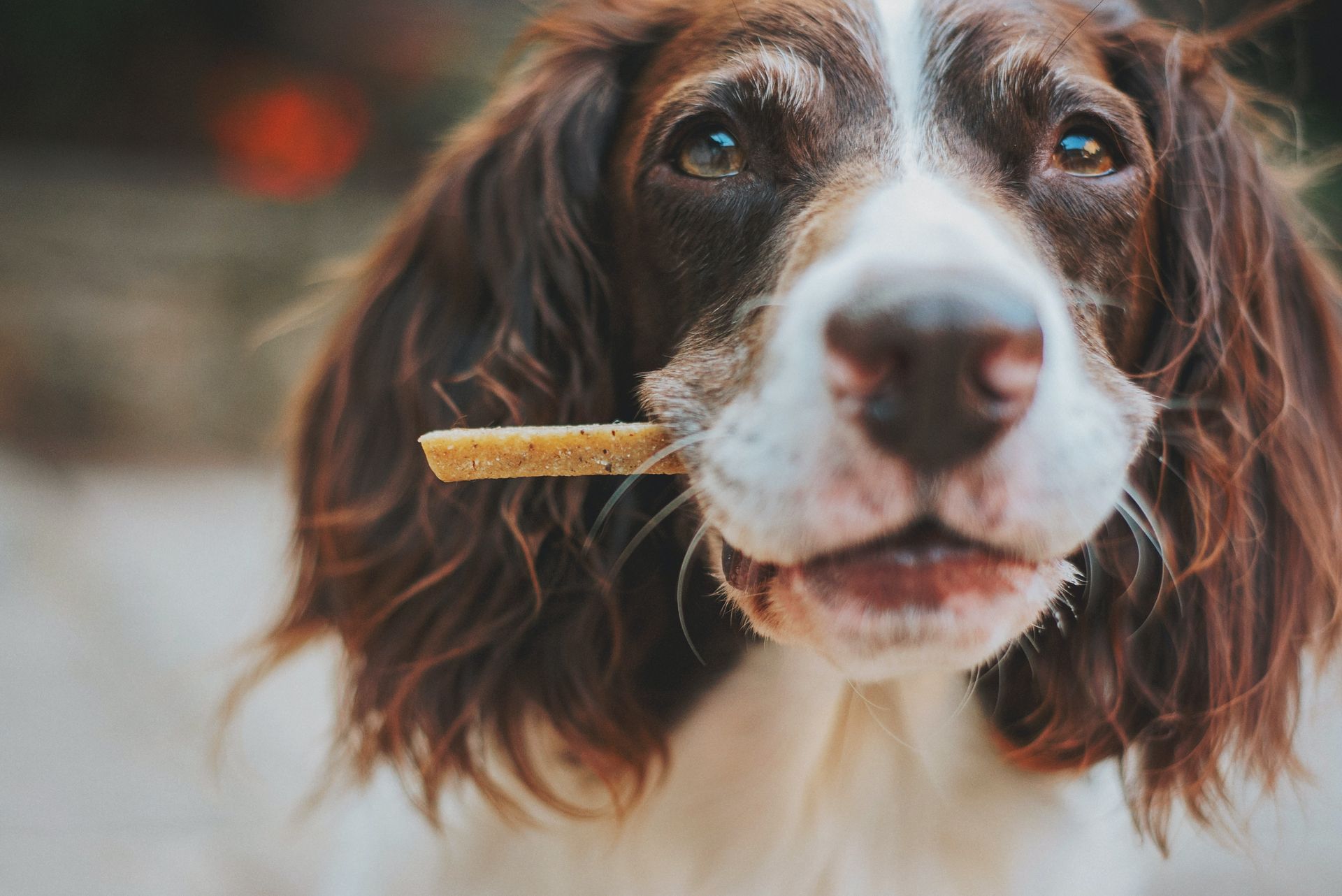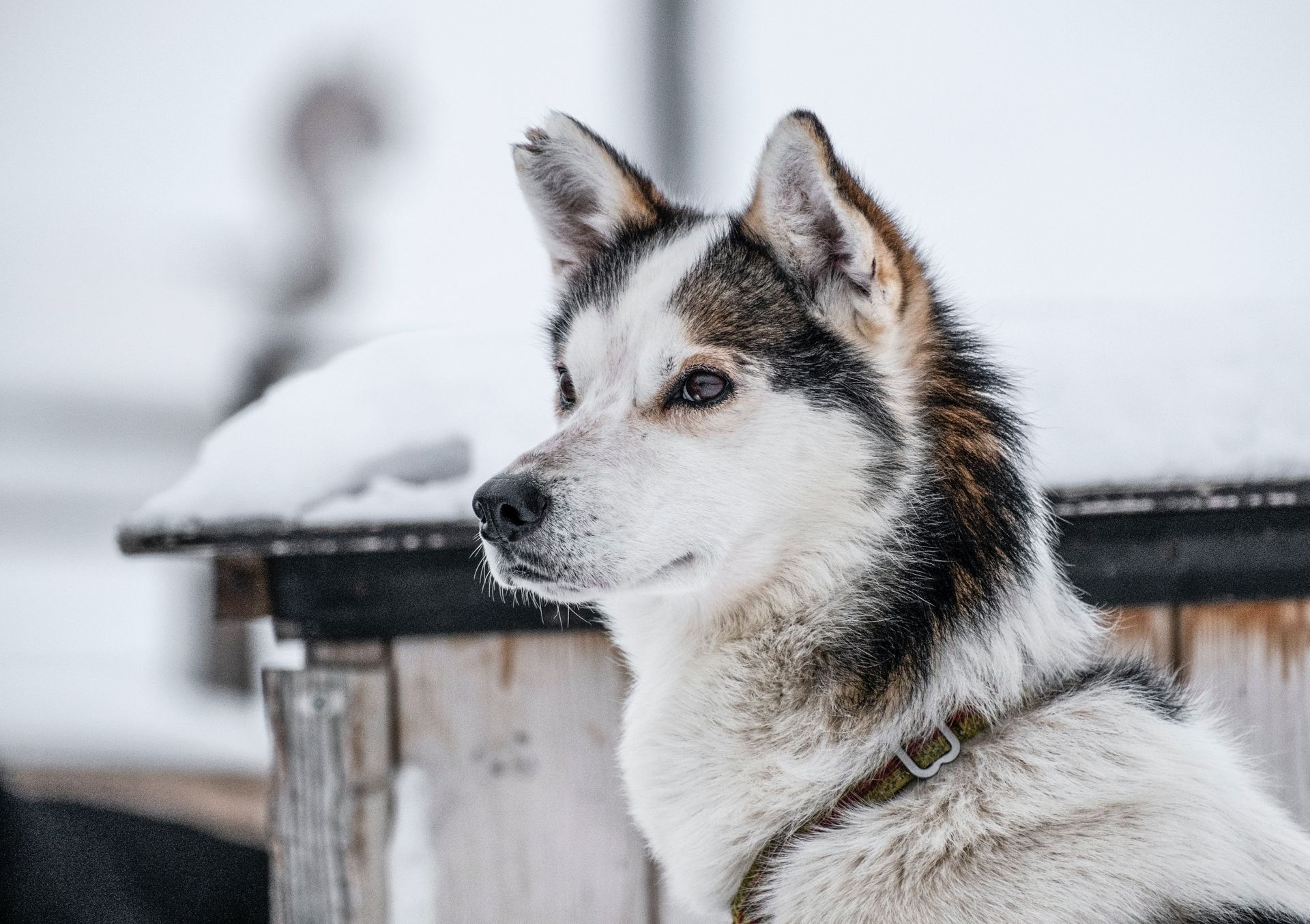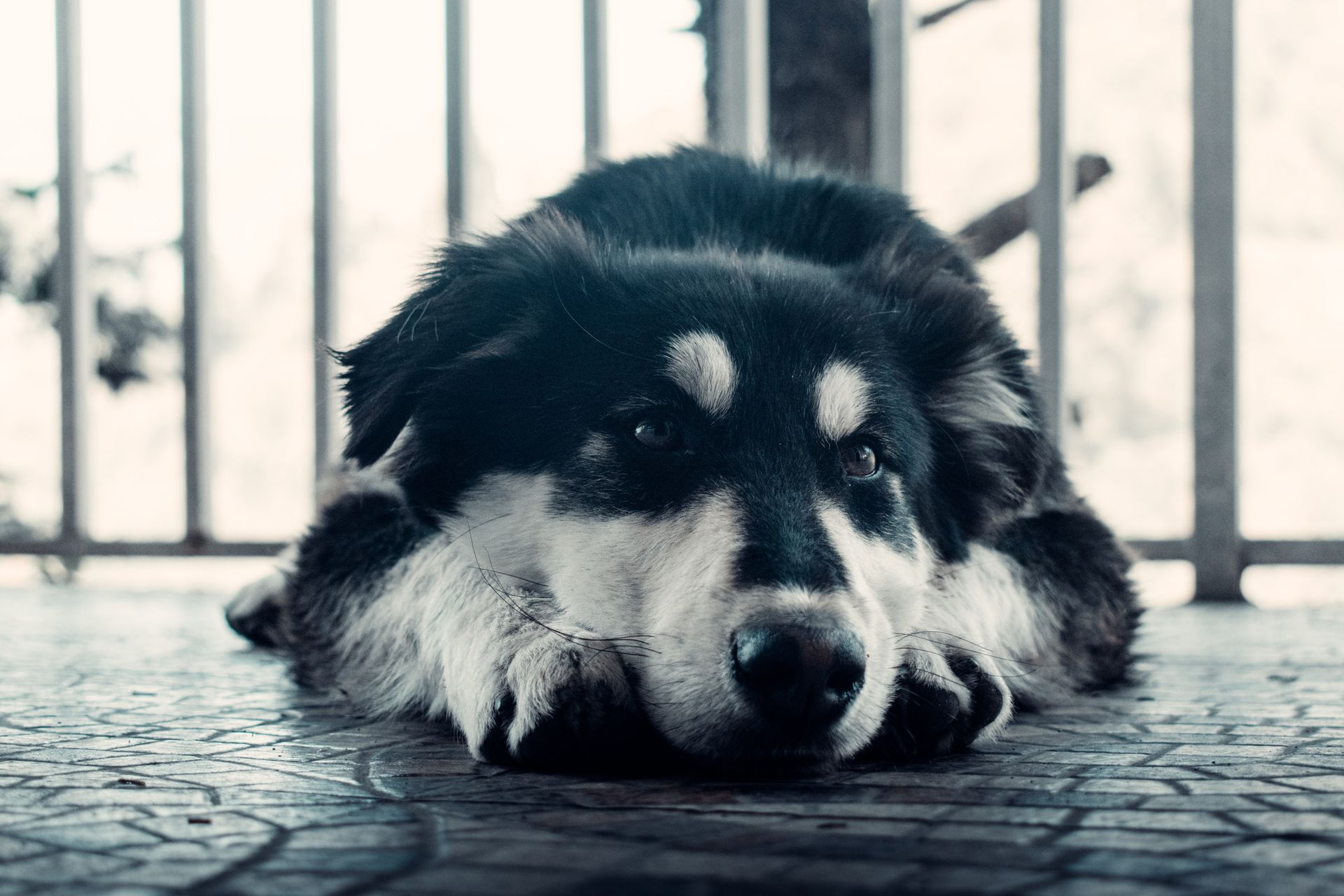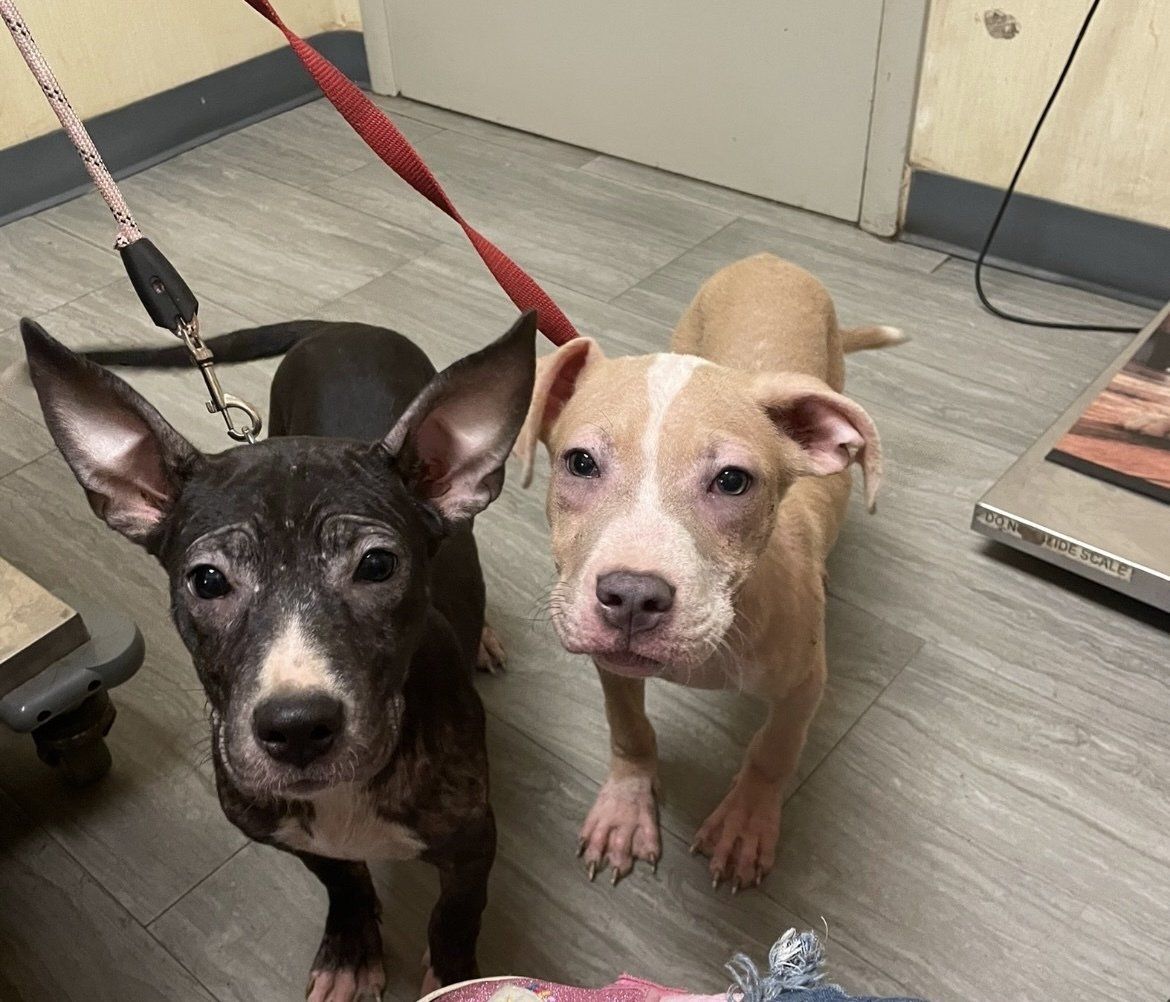Giving You and Your Dog a Stress Free Halloween
Decorations and Costumes
Large, moving, or noisy decorations can be very stressful for some dogs. If yours begins to show signs of stress, limiting these interactions with your dog and making sure you have decorations your furry family members approve of is important! Decorating part of your home and restricting access to these areas, as well as keeping the volume turned down are simple ways to keep your dog happy and calm this Halloween. Small, loose decorations like plastic spiders, squishy eyeballs, or cobwebs can be dangerous for your pet to swallow or a choking hazard, therefore keeping these decorations off and away from the ground is necessary. If your pet reacts particularly anxiously when trick-or-treaters knock on your door, you might want to discuss the steps you can take to aid your pet when they become frightened with your veterinarian. Costumes for your dogs may also make them uncomfortable, so if a costume is restricting your dog or they’re showing signs of distress, we encourage you to not force them to wear it. Take the photo and move on, so they can enjoy Halloween too! Masks and any costume that interferes with your pet's ability to see, hear, breathe, move, or open its mouth should be avoided, and you should never leave your pet unattended while they’re dressed up. If your pet likes to dress up, watch out for any loose parts or dangling decorations that could be bitten off and pose a choking hazard. The removal of costume accessories that wind up in your pets' stomachs may require surgery.
The Dangers of Chocolate and Candy for Dogs
Sure, we’ve all heard it. Dogs aren’t allowed to have chocolate. But even with preventing access to chocolate, accidents happen. These are the signs to look for if your dog has eaten chocolate and why it can be so dangerous for dogs. Theobromine is the ingredient in chocolate that can seriously ill your dog or cat. Theobromine is most abundant in cooking chocolate and darker chocolate. Around this time of year, veterinarians notice an upsurge in pets displaying symptoms of theobromine toxicity after they have helped themselves to your Halloween haul. When your dog eats chocolate, symptoms of poisoning typically show up 6 to 12 hours later. A sudden death from chocolate poisoning is more likely in older dogs and canines with heart issues. The following are the symptoms, which can last for up to 72 hours:
-Vomiting
-Diarrhea
-Restlessness
-Increased urination
-Tremors
-Elevated or abnormal heart rate
-Seizures
-Collapse and death
A sugar replacement called xylitol is frequently present in candies, mints, and "sugar-free" chewing gum. However, it is extremely harmful to pets and can lead to significant issues, just like chocolate. Keep sweets out of reach of pets, and don't leave wrappers, candy bags, or lollipop sticks lying around because they pose a choking hazard or could be ingested by pets. If you believe your dog has eaten chocolate or candy, call your veterinarian immediately or call the Pet Poison Helpline (855-213-6680) for advice.
We hope that these tips help you and your dog to have a safe and fun Halloween!
